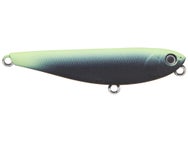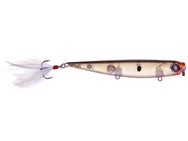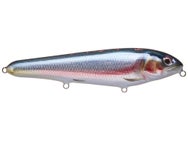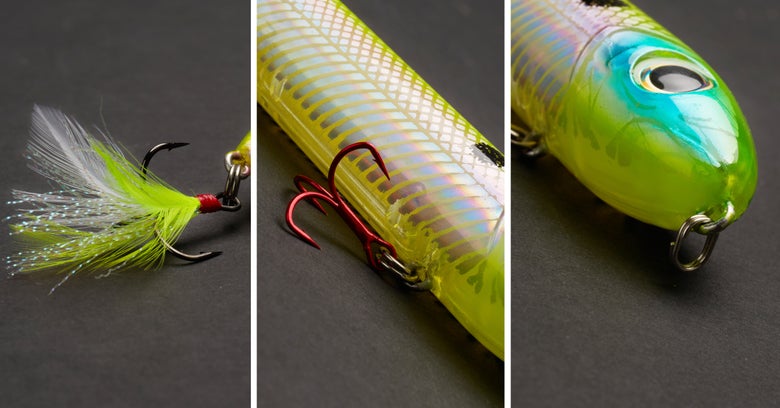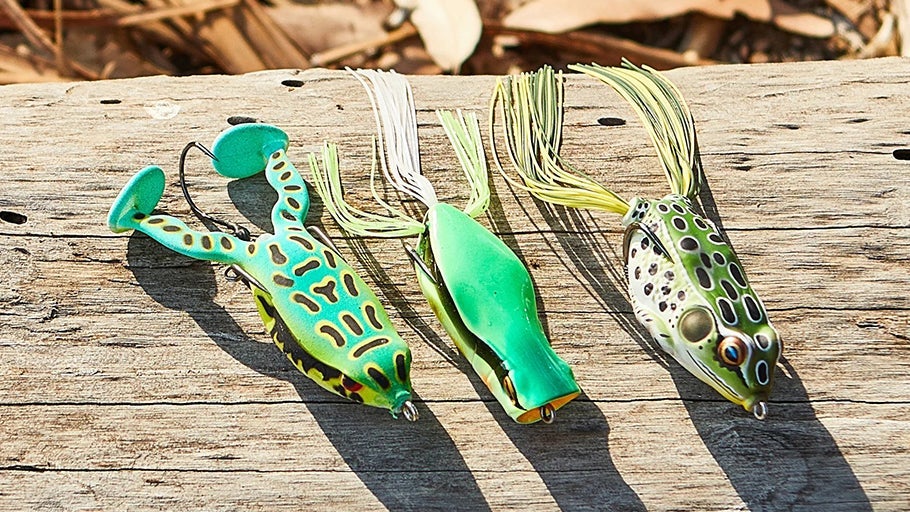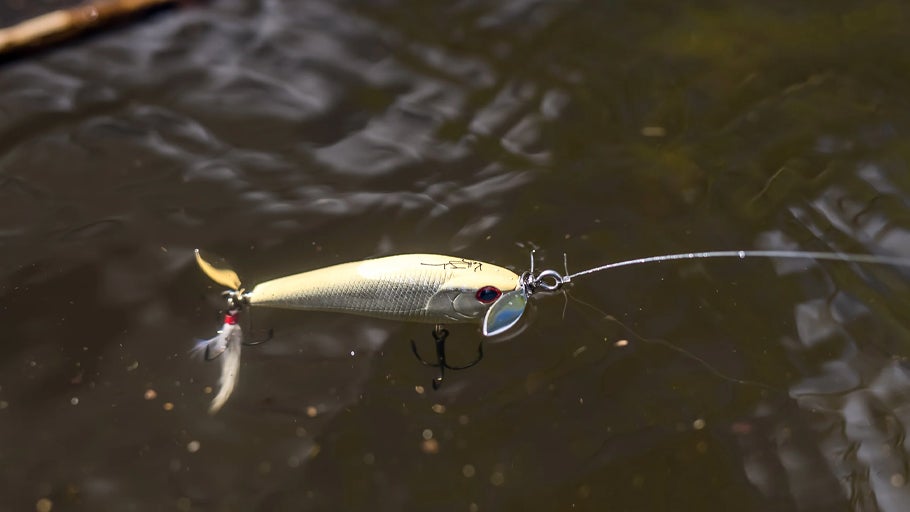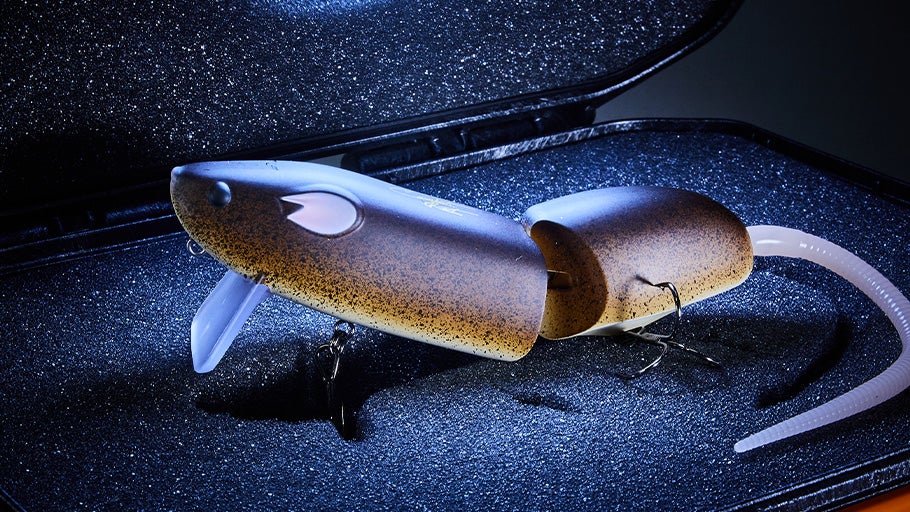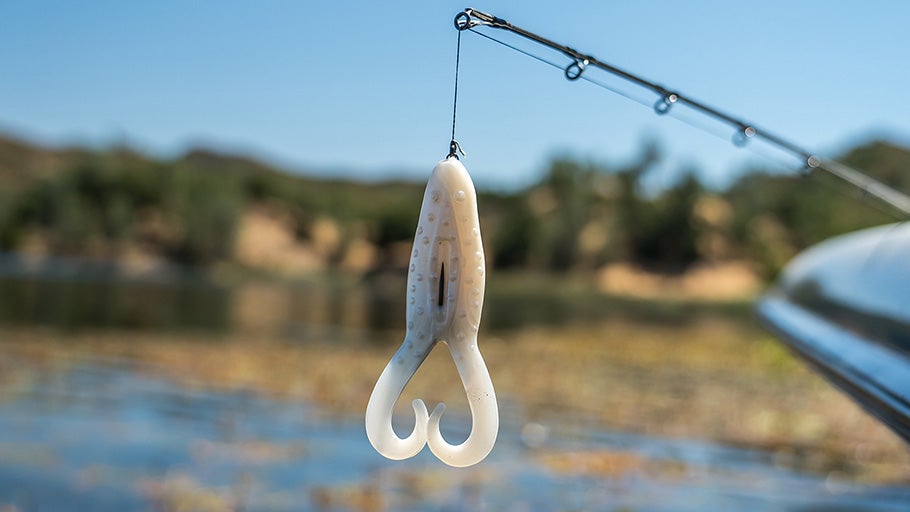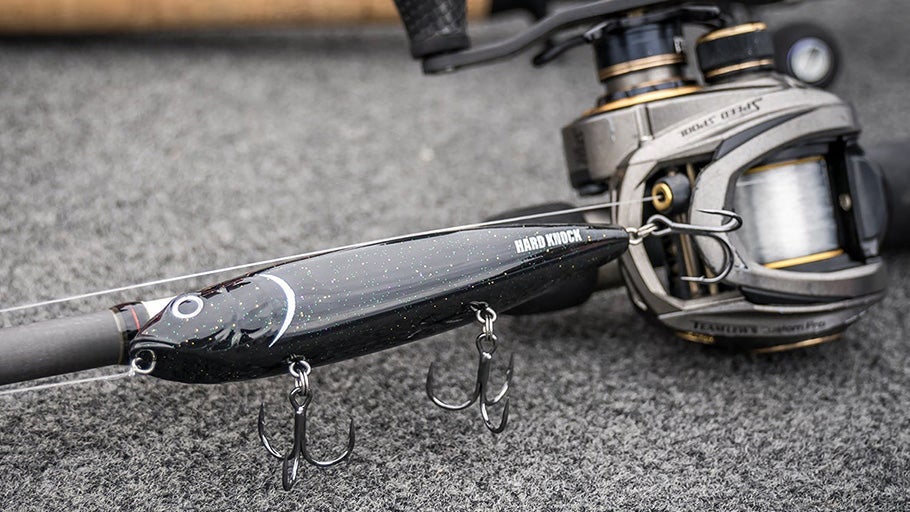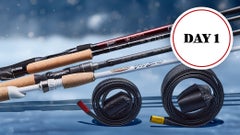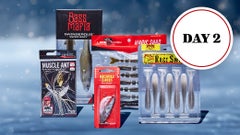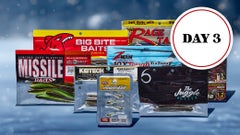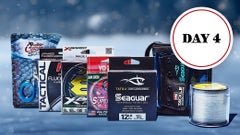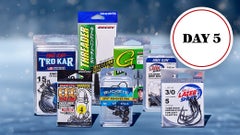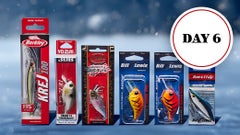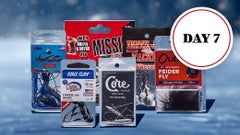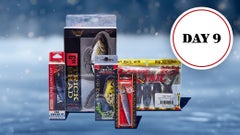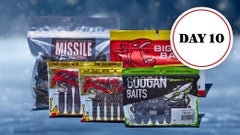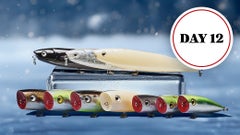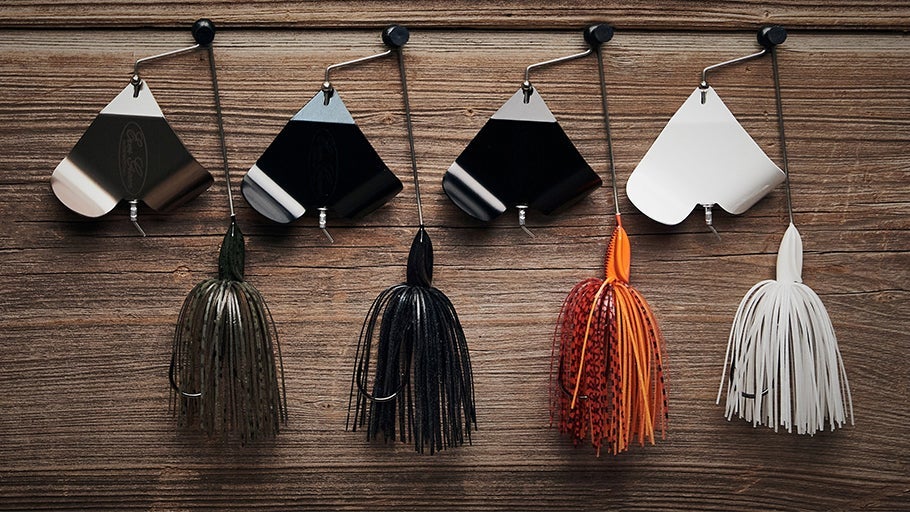
Walking Baits Gear Guide
Ask any angler what their favorite technique is for catching bass, and you can bet that topwater is going to rank pretty high on the list. Known for catching big bass and producing explosive strikes, topwater walking baits are a necessity anytime you see fish feeding near the surface – and even when they are not visually feeding it can be the key to unlocking big bites.
While you might be able to ignite a topwater bite most of the year, it usually starts heating up in conjunction with the rising water temperatures in the spring months and continues throughout the summer and well into the fall. During the late-spring months, it is a great time to work a walking bait slowly over fry guarding males and around cover where big females could be bedding or recovering after they’ve spawned. Covering water on the main lake with a walking bait can also be highly effective during the summer and fall months as bass begin to school up and feed heavily on shad. In this guide, we will take a look at the best gear to use, cover some modifications and rigging techniques, and also provide some helpful tips and insight on color selection.
Retrieve Technique
Making your topwater lure slash from side-to-side, also known as “walking-the-dog,” is a fundamental bass fishing skill and with a bit of practice will become second nature. To walk-the-dog, make your cast and let the rings from the splash settle before you begin working the bait. With your rod pointed down, use your wrist to twitch the rod tip towards the water and move the bait from side-to-side while simultaneously reeling the slack that has just been created. The amount of forward movement will depend on the reel, while the amount of side-to-side movement will depend on the rod. The key is to find the balance between the two to generate your ideal action. That’s it. Once you have mastered the general motion you can really dial in your presentation by varying your speed, which can pay huge dividends around cover and when fish are keyed in on fast-moving baitfish.
Check out our How-To 'Walk the Dog' video with Justin Lucas for a closer look at this deadly retrieve technique:
Walking Bait Rods
Topwater walking baits typically range from 3- to 8-inches length, so the spectrum of applicable rods varies greatly depending on what lure you choose. For the most part, the range could encompass a graphite rod that is 6’-8”-7’6” in length with a medium to medium heavy power and a moderate to moderate-fast taper. The ideal balance would incorporate enough length for increased castability, a soft enough tip that won’t rip out the treble hooks, and a shorter handle length for improved handling when twitching the rod tip. A casting rod as small as a 6’8” medium provides pinpoint accuracy when targeting specific pieces of cover with a smaller 3-inch walking bait, and a longer 7’6” medium heavy would give you more leverage for making long casts and covering water with a magnum-sized 6- to 8-inch walking bait.
Walking Bait Reels
There are a host of situations that require the angler to take up line quickly in order to successfully land a fish with a walking bait. A high-speed casting reel with a 7.1 to 9.1 gear ratio will have the speed to fish at a faster pace and cover water more efficiently. Every time you impart the ‘walk-the-dog’ action with your rod tip you are introducing some slack into your line, so having more speed will help you work the bait faster and more aggressively. When you get a bite at the end of a long cast or use a sweeping hookset, a faster gear ratio will also allow you to engage the treble hooks swiftly and reduce the chances of losing a fish. The bolstered line capacity of a 150-to-200-size reel is also advantageous when trying to reach schooling fish from a distance.
Walking Bait Line
Floating line is imperative to get the right action out of your walking baits, so braided and monofilament fishing lines are preferred as they remain on top of the water during your retrieve. Many anglers will use a 30-50lb braided main line for its exceptional castability and quick-response when twitching the lure. Straight braid also provides some additional power for directing fish away from heavy cover. Some anglers will also choose to add a 1-2ft section of 15-30lb monofilament leader to provide some shock absorbing stretch for aggressive strikes, a little translucency for line shy fish, and to reduce fouling with the front treble.
Modifications & Rigging
If you’re having trouble getting the right walking action out of your lure, consider adding a split ring or a snap to your line tie to give it a wider range of motion. Using a snap also allows the angler to swap out lures quickly without having to retie every time. Tying a loop knot on your walking baits will also help you impart action by giving your lure a wider range of motion when walking-the-dog. Enhance appeal by adding a feathered treble hook on the back or try swapping out the front hook with a red treble to provide the fish with a more visible strike target and improve your hook-up ratio. It’s never a bad idea to change out your other treble hooks either, as they may become dull after multiple fish catches.
When the fish are short-striking or missing your lure, downsizing to a smaller size walking bait or switching colors can make a huge difference and help improve your hook-up ratio. On the flip side, fishing a bigger walking bait with more sound in windy conditions will allow a fish to track the lure better when there is a lot of surface disturbance. Landing a fish with a lure that has 2-3 treble hooks is a great recipe for getting a hook in the hand, so consider using a landing net with rubberized webbing and always keep a pair of pliers handy for removing the hooks.
Colors
Walking baits are great at imitating shad and baitfish, so the most common colors patterns used throughout the year mimic these kinds of forage. Flashy chrome and translucent shad patterns are great for bluebird skies, high sun and clear water, while black, white, and bone colors that are less reflective produce a better silhouette with cloudy or overcast conditions. If you are fishing shallow water during the spring months near potential bluegill beds or fry-guarding bass, chartreuse or bluegill colored walking baits are a fantastic choice when you know the fish are spawning.
During the late spring, summer, and fall months, the seductive back-and-forth cadence of a walking bait provides anglers with a versatile tool for targeting actively feeding fish in both calm and windy conditions. A timeless bass fishing technique that has proven success all throughout the country, an explosive topwater strike has the power to turn a casual angler into a full-blown bass fishing addict with just one blow up!



































